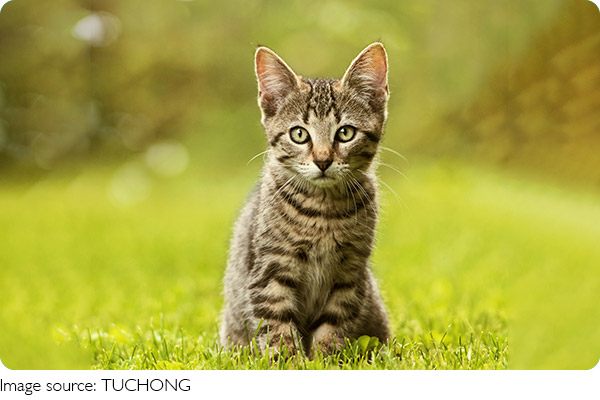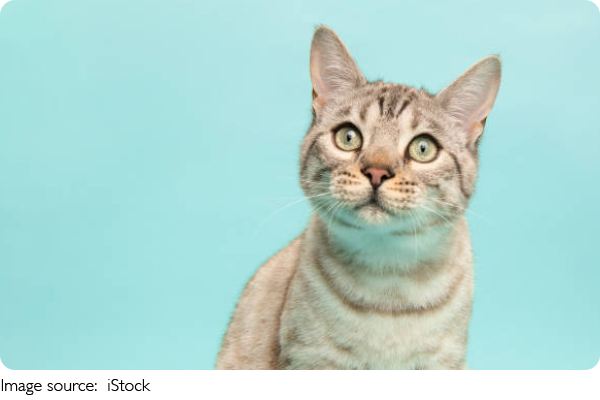Unlocking Pet Emotions

I still remember the day my cat started hiding under the couch for hours—something was clearly wrong, but I had no idea what. It made me realize how little many of us really understand about our pets' feelings.
If you're like me, you want to go beyond guessing and truly connect with your furry friends. So, let's dig into how animals express emotions in real life and how we can pick up on those signals with confidence.
Why Understanding Pet Emotions Matters?
We often treat pets like simple companions, but animals actually experience a wide range of emotions: happiness, fear, anxiety, jealousy, even love. Scientific studies have confirmed that animals' brains release similar chemicals linked to emotions as humans do, like oxytocin (the bonding hormone) and cortisol (the stress hormone). This means their feelings aren't just surface reactions—they affect their well-being deeply.
For example, a dog left alone for long periods can develop separation anxiety, showing destructive behavior or excessive barking. Cats can become withdrawn or aggressive if stressed by changes in their environment. Understanding these emotional triggers helps us prevent problems before they escalate.

Spotting the Real Signs Your Pet Is “Talking”
Since pets can't use words, they rely on body language, facial expressions, and vocalizations to “talk” to us. Here are the key signals you want to look for, with practical examples you can observe every day:
1. Eyes and Facial Cues
Soft, blinking eyes usually mean your pet feels safe and calm.
Dilated pupils or wide eyes often indicate fear or excitement.
A dog lowering their head and avoiding eye contact might be showing submission or nervousness.
2. Tail and Body Movements
A relaxed dog wagging its tail in a loose, sweeping motion is usually happy. But if the tail is high and stiff, it can mean alert or aggressive behavior.
Cats puffing their tails or arching their backs are signaling fear or defensiveness.
Slow, cautious steps might show hesitation or stress.
3. Vocal Sounds and Their Meaning
Whining or whimpering in dogs often means discomfort or a call for attention.
Cats purring usually mean contentment, but purring combined with tense posture can signal pain or anxiety.
Growls and hisses are clear warnings not to come closer.

Practical Tips to Respond to Your Pet's Emotions
Once we can read these signs, it's important to act in ways that respect our pets' emotional states. Here are some specific strategies:
- For Anxious Pets: Create safe, quiet spaces. Use calming aids like pheromone sprays or soft music.
- For Overexcited Pets: Redirect energy with interactive play or training sessions.
- For Withdrawn Pets: Give gentle attention without forcing interaction. Watch for small signs of comfort and build trust slowly.
Incorporating these responses helps pets feel secure and valued. It also strengthens the emotional bond, making your relationship more rewarding.
Lykkers, pets are emotional beings with much to tell us—if only we listen carefully. Next time you notice a change in your pet's behavior, try to decode the message behind it. I'd love to hear your stories about those surprising moments when your pet's feelings became crystal clear. Let's share and learn together!
-
 Soaring Over Victoria FallsA flight of wonder awaits—see the world's largest waterfall from above and capture the thrill of nature's masterpiece.
Soaring Over Victoria FallsA flight of wonder awaits—see the world's largest waterfall from above and capture the thrill of nature's masterpiece. -
 Argentina's Frozen WonderThis Giant Ice Wall Will Leave You Breathless – Adventure Awaits in Patagonia!
Argentina's Frozen WonderThis Giant Ice Wall Will Leave You Breathless – Adventure Awaits in Patagonia! -
 Honeysuckle PowerHoneysuckle: Nature's Potent Antiviral Remedy That Boosts Immunity and Fights Infections Naturally!
Honeysuckle PowerHoneysuckle: Nature's Potent Antiviral Remedy That Boosts Immunity and Fights Infections Naturally!